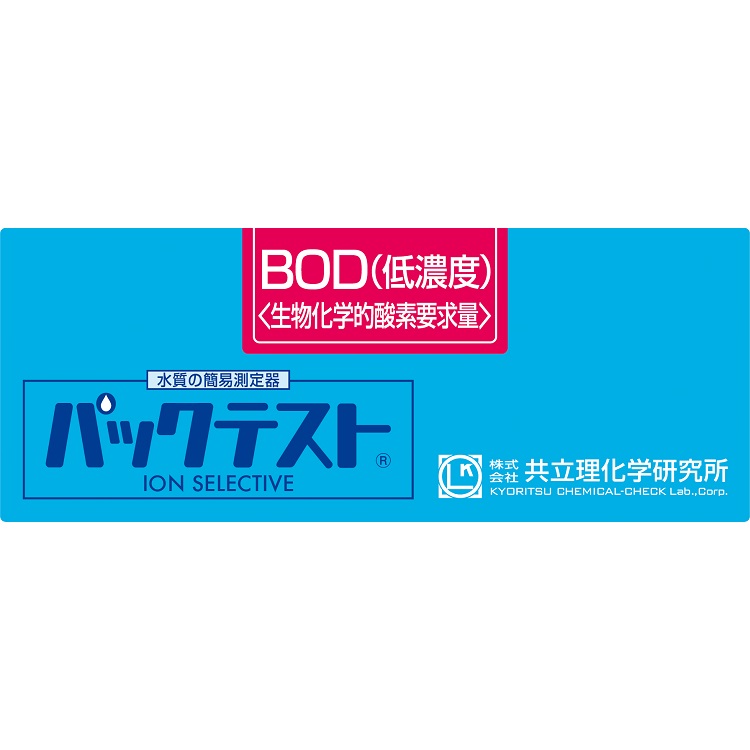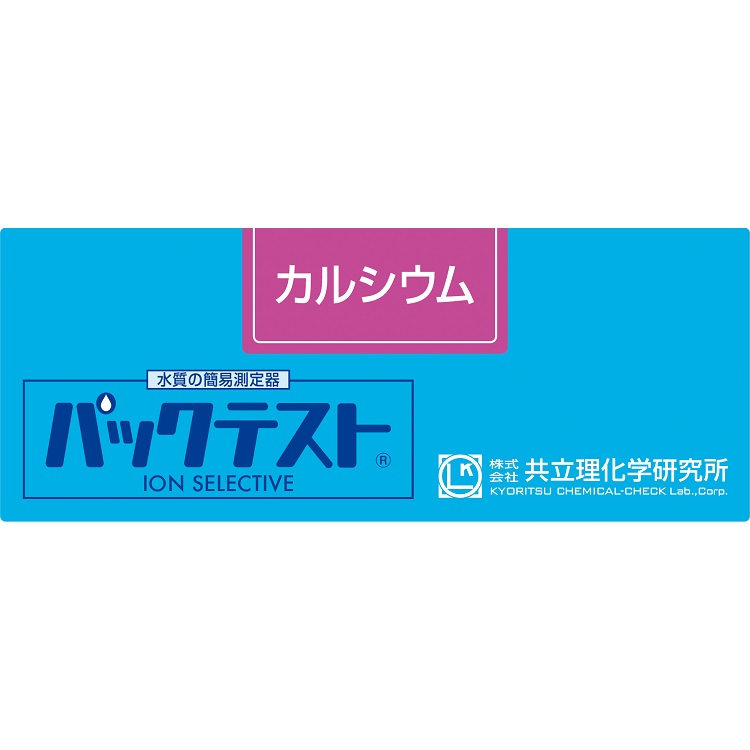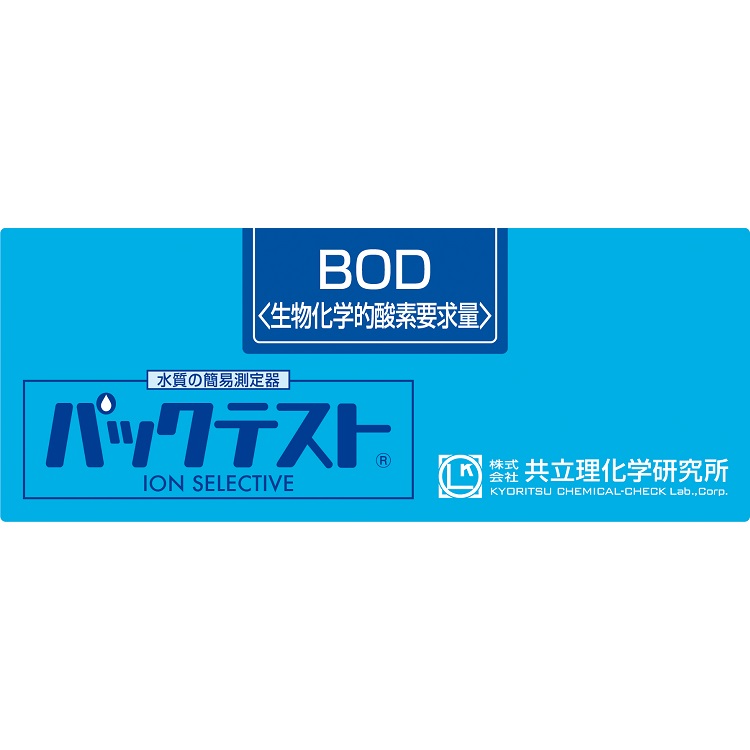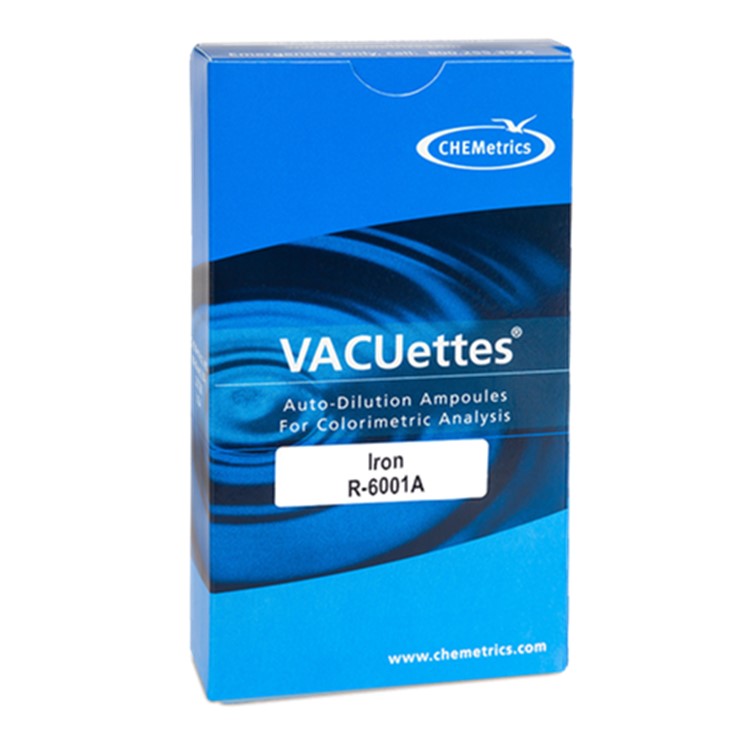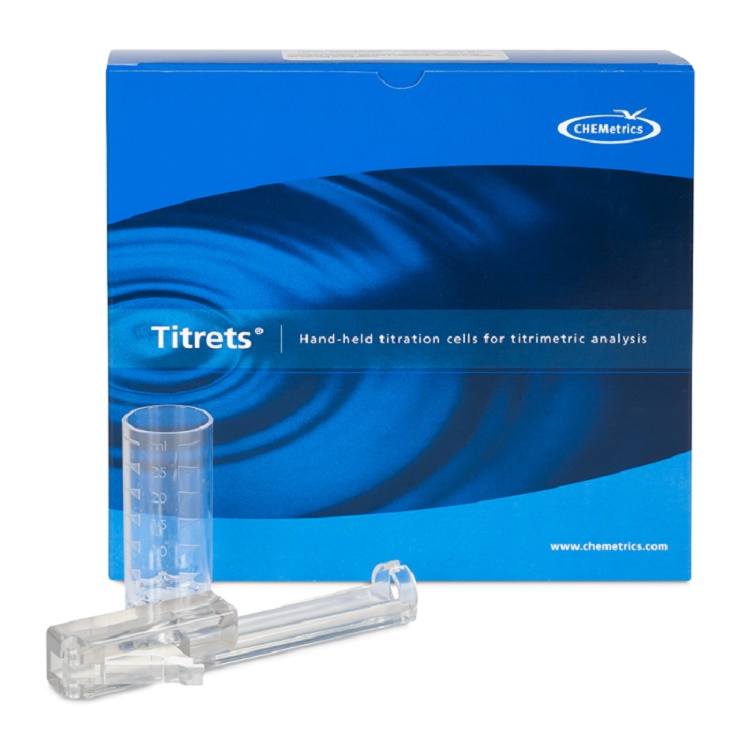美国CHEMetrics K-2055型氯化物滴定测试盒
用于测试水中氯化物含量。例如:饮用水,地表水,海水,家庭和工业废水。
规格参数:
| 产品类型 | Chloride — Titrets® Titration Cells |
| 产品型号 | K-2055 |
| 测试范围 | 1000-10000 ppm |
| 测试目盛 | 1000, 1100, 1200, 1300, 1400, 1500, 1600, 1800, 2000, 2500, 3000, 3500, 4000, 5000, 7000, 10000 ppm |
| 检测下限 | 1000 ppm |
| 测试方法 | Mercuric Nitrate |
| 测试次数 | 30次/盒 |
| 标准配置 | 30支安瓿瓶组件、1瓶催化剂溶液、1个Titrettor™工具、1个25mL样品杯、1份说明书 |
| 产品价格 | 咨询上海益朗仪器有限公司 |
Titrets®是美国CHEMetrics的专利(专利号:4,332,769)。
美国CHEMetrics 氯化物测试盒
Visual Kits
| 测试范围 | MDL | 测试方法 | 测试盒货号 |
| 20-200 ppm | 20 ppm | Mercuric Nitrate | K-2020 |
| 50-500 ppm | 50 ppm | Mercuric Nitrate | K-2050 |
| 250-2500 ppm | 250 ppm | Mercuric Nitrate | K-2051 |
| 1000-10000 ppm | 1000 ppm | Mercuric Nitrate | K-2055 |
| 10000-100000 ppm | 10000 ppm | Mercuric Nitrate | K-2070 |
Instrumental Kits
| 测试范围 | 测试方法 | 测试盒目录 |
| 0-40.0 ppm | Ferric Thiocyanate | K-2103 |
Methods
Chloride is the most common inorganic anion found in water and wastewater. The Maximum Secondary Contaminant Level for drinking water for chloride is 250 mg/L. Natural sources of salt are the ocean and various salt deposits above and below ground.
Chloride is very corrosive to most metals in systems with elevated pressures and temperatures such as boilers and oil-drilling equipment.
The Mercuric Nitrate Method
References: APHA Standard Methods, 23rd ed., Method 4500-Cl- C-1997. ASTM D 512-04, Chloride Ion in Water, Test Method A. USEPA Methods for Chemical Analysis of Water and Wastes, Method 325.3 (1983).CHEMetrics employs a mercuric nitrate titrant in acid solution with diphenylcarbazone as the end point indicator. Results are expressed as ppm (mg/L) Cl-.
The Ferric Thiocyanate Method
Reference: APHA Standard Methods, 23rd ed., 4500-Cl-E-1997. D. Zall, D. Fisher, M. Garner, “Photometric Determination of Chlorides in Water,” Analytical Chemistry, Vol 28, No. 11, pp. 1665-1668, November 1956. J. O’Brien, “Automatic Analysis of Chlorides in Sewage,“Wastes Engineering, pp. 670-672, December 1962.The Chloride Vacu-vials® test employs the ferric thiocyanate chemistry. Chloride reacts with mercuric thiocyanate to liberate thiocyanate ion. Ferric ion reacts with thiocyanate ion to produce an orange-brown thiocyanate complex in proportion to the chloride concentration. Results are expressed as ppm (mg/L) Cl-.
*Contains mercury. Dispose according to local, state or federal laws.



